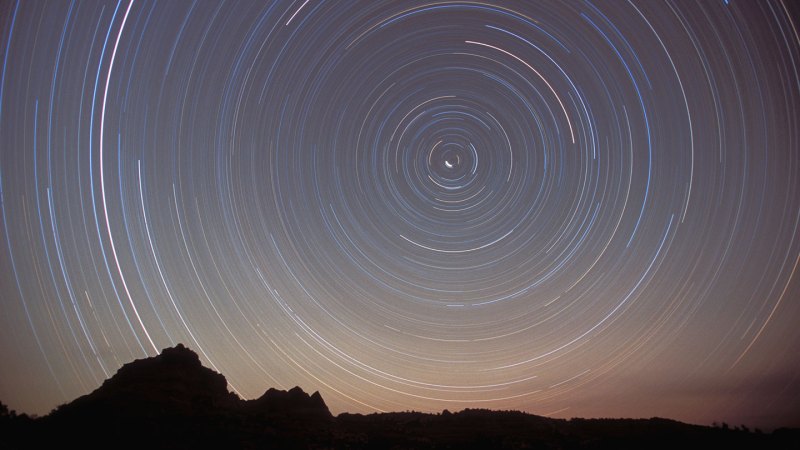Take our AI Survey
Science News has partnered with Trusting News to gather feedback on the potential use of AI in journalism. Currently, we do not publish any content produced by generative AI (see our policy). We do want to hear your views on how Science News could use AI responsibly. Let us know by participating in a short 10 question survey.
The companion star is so dim that it went unseen until 2005, when astronomer Nancy Evans and her colleagues glimpsed it with the Hubble Space Telescope. When the companion skirted closest to the North Star in 2016, Evans and others began tracking it with the CHARA array, an observatory that combines the views of telescopes atop Mount Wilson in California.
Because the close companion star takes three decades to revolve around the main star, most of the orbit has now been observed, bolstering the reliability of the mass estimate. “These things take a long time,” says Evans, of the Harvard and Smithsonian Center for Astrophysics in Cambridge, Mass.
Lying 447 light-years from Earth, Polaris is the closest member of a class of stars called Cepheids, which are crucial for measuring distances to other galaxies (SN: 7/21/21). The stars are large and luminous — Polaris is 46 times as wide as the sun — and nearing the ends of their lives. Notably, they expand and contract, which makes their brightness wax and wane. The longer a Cepheid takes to pulsate, the more light it emits. Measuring the pulsation period therefore indicates the Cepheid’s intrinsic brightness. Comparing this with the star’s apparent brightness yields the distance to the star and thus to its host galaxy.
“It’s extremely important to know the mass,” says Ed Guinan, an astronomer at Villanova University in Pennsylvania who was not involved with the new work. That lets astronomers check their models of how Cepheids evolve and better understand these cosmic measuring rods. But “there’s only a few Cepheids that have masses determined.”


